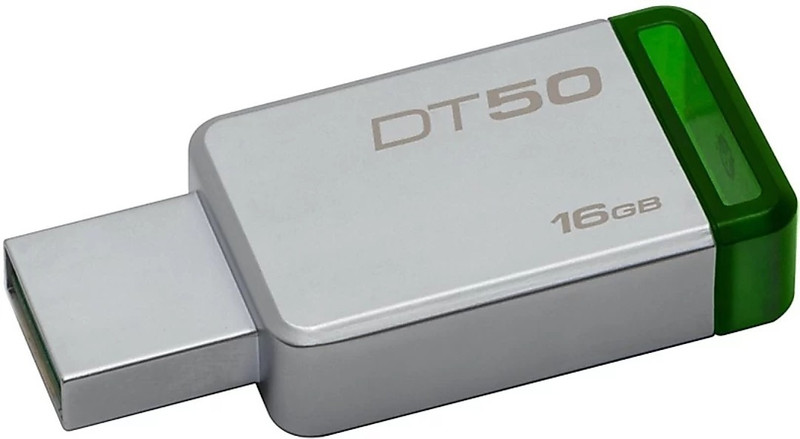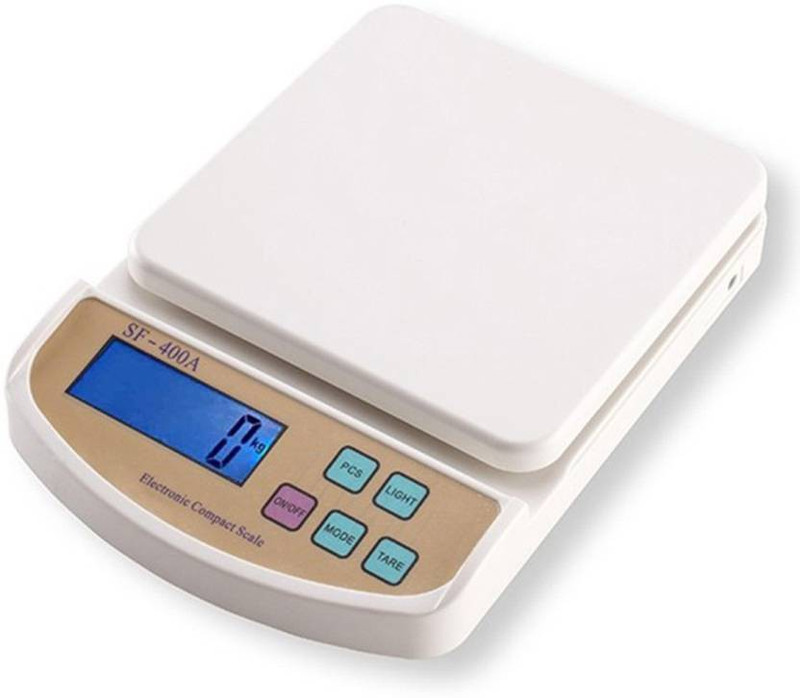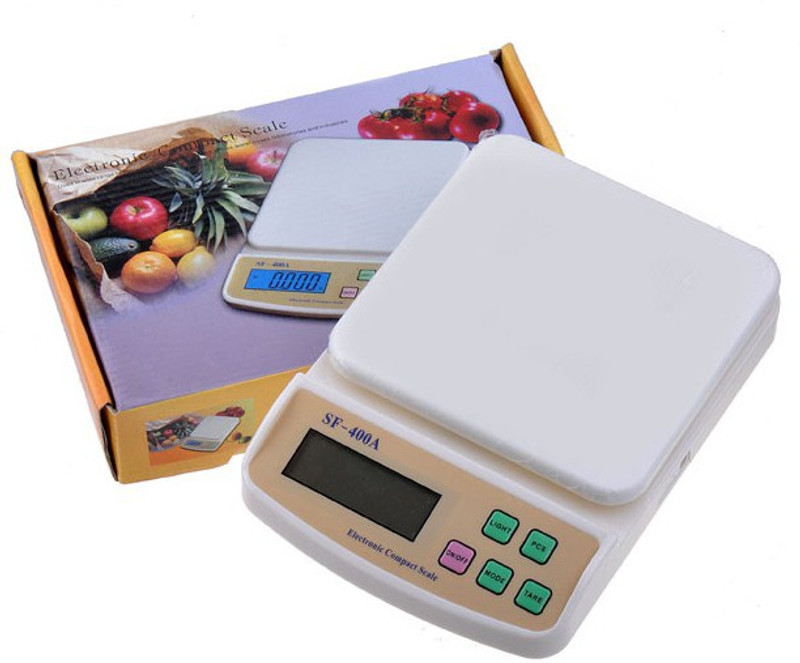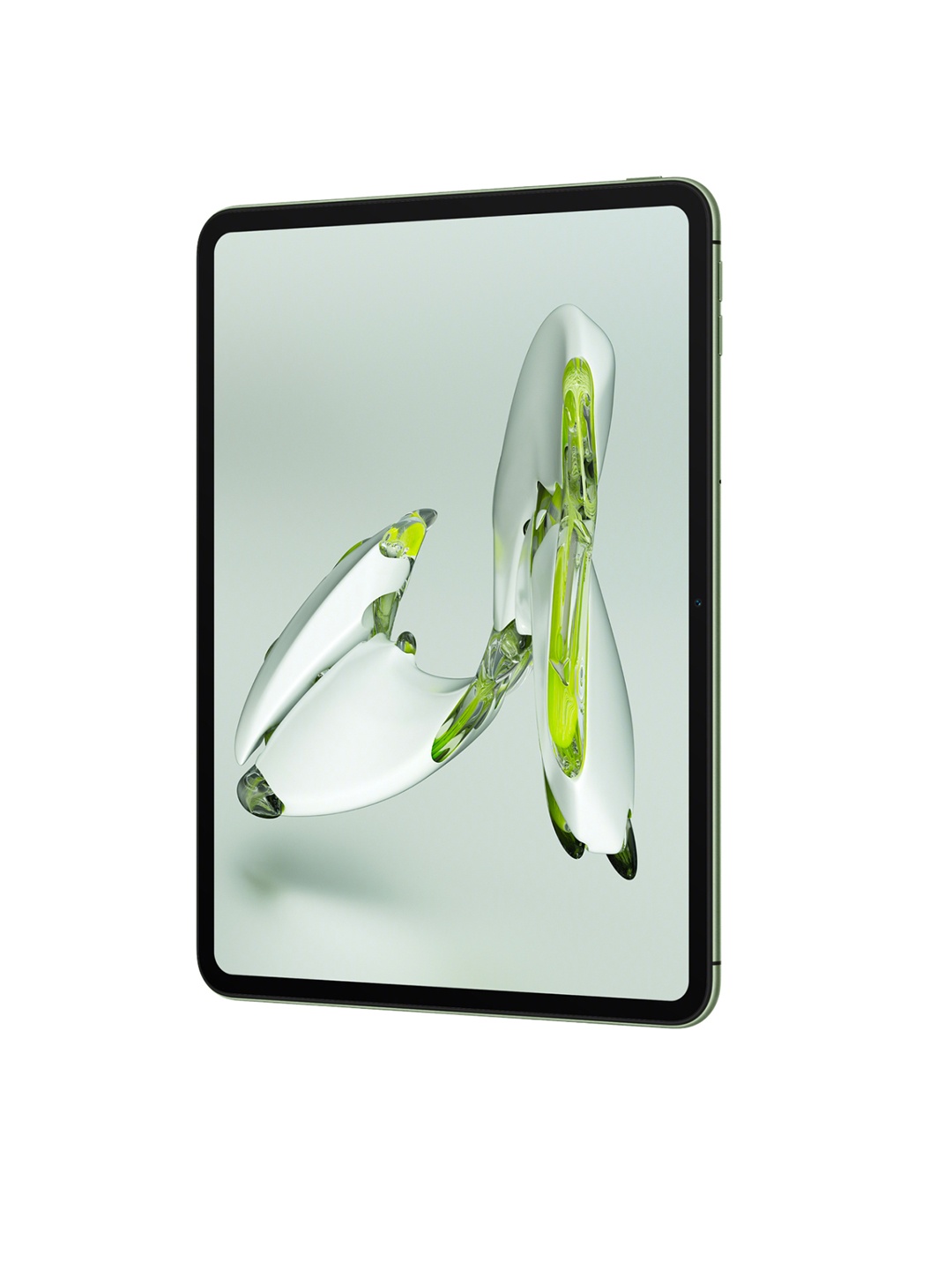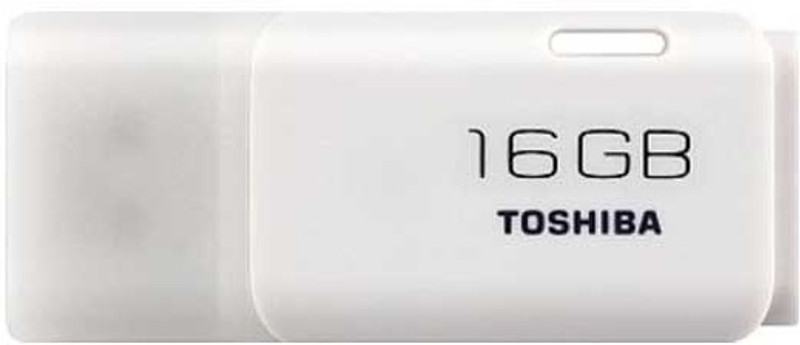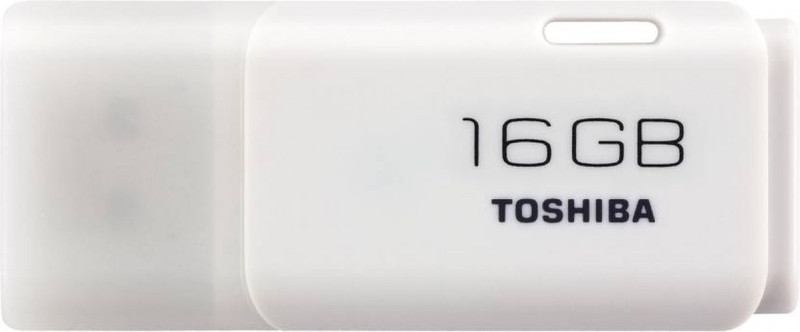How To Stop Dust from Settling on Furniture: Top Causes, Fixes And Expert Tips

We've all been there. You get up early on a Saturday morning, armed with a duster in one hand and a vacuum in the other, determined to banish the dust from your home. You go through every corner, wiping and vacuuming meticulously, ensuring no surface is left untouched. The satisfaction of a dust-free house is undeniable. But then, a few days later, you notice it again, dust settling on your furniture like it never left. It's almost like a cruel joke that your efforts are for nothing.
Why does it feel like your furniture is always dusty, even after you've just cleaned it? It's a mystery that many of us have pondered. In this article, we're going to dive deep into the reasons behind this frustrating phenomenon. You might be surprised at how many factors contribute to the never-ending battle with dust. So, grab a cuppa and let's get to the bottom of this dust dilemma.
1. The Sneaky Nature of Dust
Dust isn't just one thing. It's an eclectic mix of particles from various sources, soil, pollen, dead skin cells, pet dander, fabric fibres, and even tiny bits of the environment outside your home. The dust on your furniture is often the result of a collection of elements that seem to make their way into your home despite your best efforts. The wind carries it in from outside, pets bring it in on their fur, and even your movements stir it up.
One of the reasons dust feels like it never goes away is that it's constantly being replenished from so many sources. It's as though there's a revolving door that never stops swinging, bringing new particles right into your home. To make matters worse, dust can be incredibly fine, meaning it's practically impossible to get rid of all of it, even when you've just cleaned. It's sneaky, just when you think you've banished it, more shows up.
2. The Influence of Air Circulation
Your home is full of air currents, whether you realise it or not. Every time you open a door, a window, or even walk past a fan, the air shifts. These little gusts are enough to stir up the dust that's settled on your furniture, causing it to fly back into the air and eventually settle once again. That breeze you feel when walking through the hallway? It's more than just a cool, refreshing sensation, it's also sending the dust particles floating around, ready to land back on your freshly cleaned sofa.
In homes with central heating or air conditioning, the situation is even worse. These systems create a constant flow of air that cycles dust back into the room. Filters in HVAC systems can help, but they can only do so much. This is why even in the cleanest of homes, the dust always seems to find its way back to the furniture.
3. The Dust-Attracting Power of Furniture Fabrics
It's not just your cleaning habits that might be to blame, it's also your choice of furniture. Some materials are simply more prone to collecting dust than others. For instance, soft fabrics like velvet or microfiber tend to attract dust like magnets. These materials have tiny fibres that act as traps for dust particles. The plushness of the fabric can make it even more difficult to completely rid your furniture of dust, as it settles into these fibres with ease.
While leather or wood furniture may seem like a better option, they still collect dust, just in a different way. Even shiny, hard surfaces can gather a thin layer of dust over time, which is why wiping down a shiny wooden table often reveals more dust than you expected. The texture of your furniture and the type of materials used can play a significant role in how quickly your home becomes dusty again.
4. Pet Owners: A Whole New Level of Dust
If you share your home with a furry friend, you're probably all too familiar with the added layer of dust their presence brings. Pet hair, dander, and even their skin cells contribute significantly to the dust in your home. Cats, dogs, and even smaller pets like rabbits or guinea pigs shed dander and fur constantly. These particles float through the air, landing on your furniture like unwanted confetti.
Not only do pets bring their dust into the home, but their movements also stir up what's already settled. Every time your dog hops on the couch or your cat curls up on your armchair, they release a puff of dust into the air. And as if that wasn't enough, pets tend to spend a lot of time close to the ground, where dust tends to settle. So, when they walk around, they're kicking up dust that has accumulated in those areas. It's a cycle that's hard to break, no matter how often you clean.
5. Humidity and Temperature Fluctuations
Did you know that the weather could be playing a part in the dust buildup on your furniture? Changes in humidity and temperature in your home can cause dust particles to cling more tightly to surfaces. For example, on dry days, dust is more likely to be airborne, while in humid conditions, dust may stick to your furniture.
This is especially true in homes that experience drastic temperature changes, such as those with central heating in winter or air conditioning in summer. When the air is drier, as it often is during colder months, dust particles float freely, and your furniture becomes a convenient landing spot. So, while you may think the weather does not affect your cleaning efforts, it's a major factor in how quickly dust will return to your home.
6. The Impact of Foot Traffic
Every time you walk across the room, you're likely disturbing dust that has settled on the floor. It's easy to forget, but your movements contribute to the problem. When you walk, especially with shoes on, the friction stirs up dust from the ground and sends it flying into the air, ready to land on any nearby surface, including your freshly cleaned furniture.
The more people and pets that walk around in your home, the more dust is stirred up. The constant movement throughout the house leads to a never-ending cycle of dust rising, only to settle back on your furniture and other surfaces. If you've ever noticed that the dust seems to accumulate more quickly in high-traffic areas, now you know why!
7. Poor or Insufficient Cleaning Tools
Sometimes the issue with persistent dust comes down to the cleaning tools you're using. Feather dusters, for instance, are notorious for simply redistributing dust rather than removing it. The same goes for certain types of cloths or wipes that might not be effective at trapping dust. When you're cleaning your furniture, it's essential to use tools designed to capture and hold the dust rather than just push it around.
Microfiber cloths are one of the best choices for dusting because their fine fibres trap dust particles and prevent them from flying back into the air. Similarly, using a vacuum cleaner with a HEPA filter can help remove the fine dust particles that might otherwise be left behind. If your cleaning tools aren't up to the task, no matter how much you scrub, the dust will keep coming back.
8. Dust Mites: The Invisible Culprits
Last but certainly not least, there's a whole invisible world of dust mites living in your home. These microscopic creatures thrive in warm, humid environments, feeding on the dead skin cells that naturally shed from our bodies. They're often found in bedding, upholstery, and carpets, where they create their little dust clouds.
Although you can't see them, dust mites are a major contributor to the dusty feeling in your home. They leave behind droppings that become part of the dust we see and clean. Many people are allergic to dust mites, which is why you might notice your furniture collecting dust faster when you're not keeping the humidity levels in check or vacuuming often enough.
Products Related To This Article
1. Solid Sheesham Wood Dining Table Set 4 Seater
2. Premium Large Swing Chair Hanging Hammock Chair for Home
3. Garden Patio Seating Chair and Table Set Outdoor Balcony Garden Coffee Table Set Furniture with 1 Table and 4 Chairs Set
4. Amber Upholstered Bed Queen Size
5. Furniture SHEESHAM Wooden Crockery Cabinet with Glass Door & Ratan Cane Work Door
6. Classic 3+2=5 Seater Sofa Set Luxury Chesterfield Leatherette Sofa In For Home Living Room & Office
7. Wakefit Bed | Queen (78 X 60) Engineered Wood Bed with Storage
8. Sleepyhead RX5 - Single Seater Leatherette Manual Recliner with Durable Spring Support
9. Sheesham Wood 5 Seater Sofa Set For Living Room Home Office
10. Shree Jeen Mata Enterprises Solid Sheesham Wood Four Seater Dining Set
11. Solid Sheesham Wood Sideboard Tv Cabinet for Living Room
12. FURLAY Plank Office Desk and Study Table
So, the next time you finish cleaning your furniture and it seems like the dust is back before you even have time to sit down and enjoy your spotless home, remember, you're not alone. A combination of factors, including the nature of dust, air circulation, pet presence, and even the weather, all contribute to the never-ending cycle of dust accumulation. While it might feel like you'll never truly be rid of it, don't get discouraged. The fight against dust is one that's shared by homeowners everywhere, and knowing the reasons behind it can help you stay on top of your cleaning efforts. And remember, sometimes it's just a case of that's life, dust is one of those things that, no matter how much you try to keep it away, will always manage to sneak its way back in.
Disclaimer: The images used in this article are for illustration purpose only. They may not be an exact representation of the products, categories and brands listed in this article.














